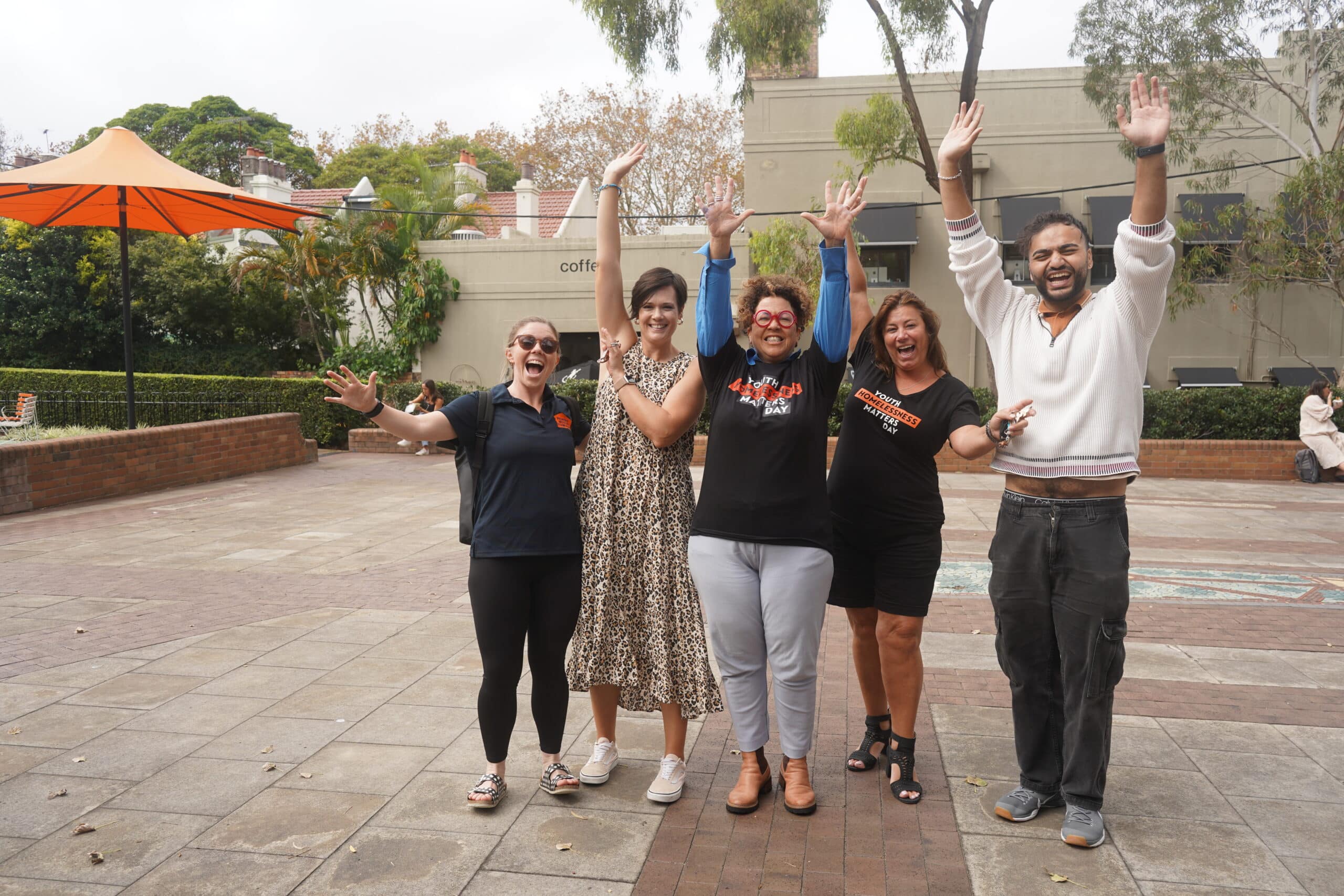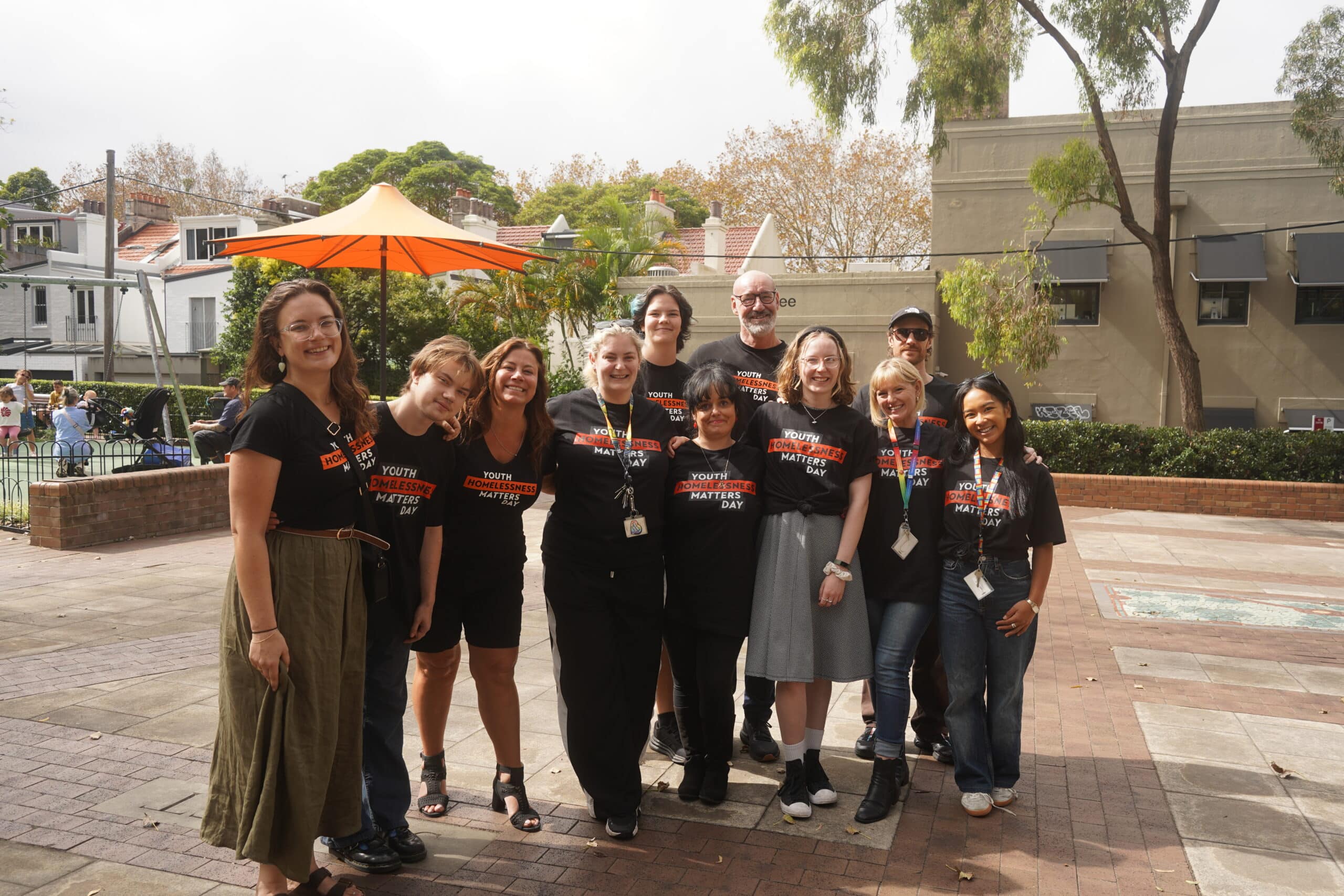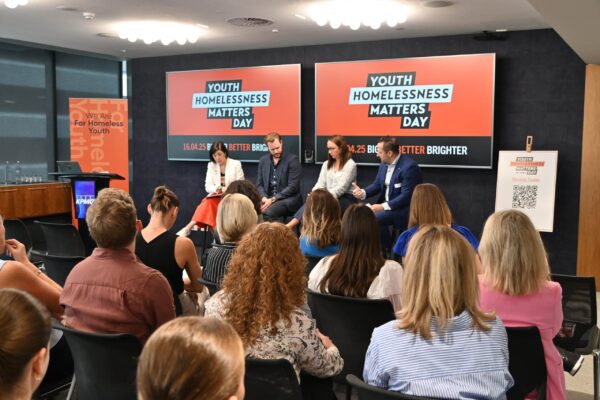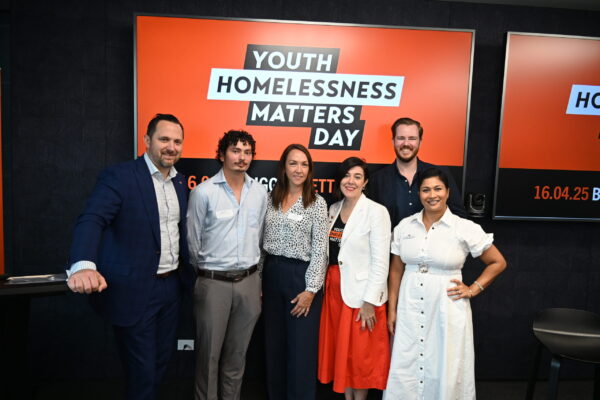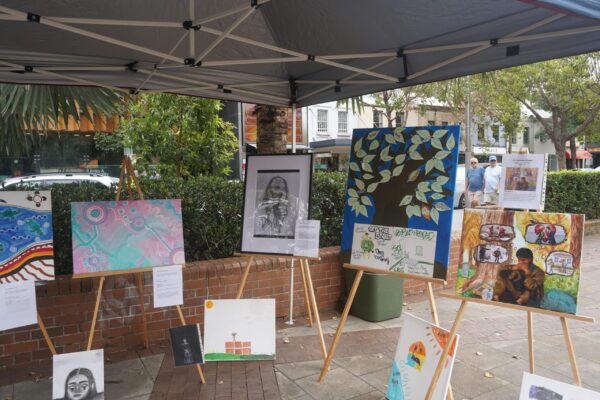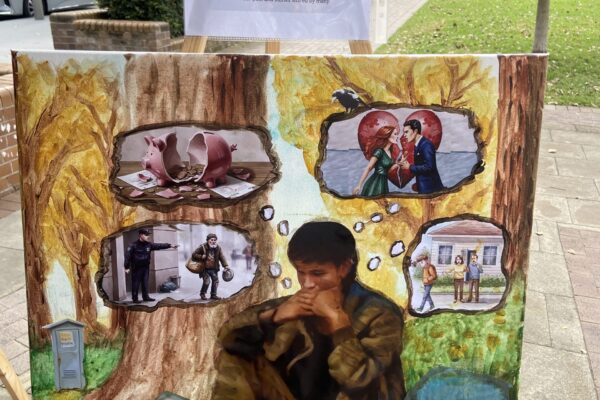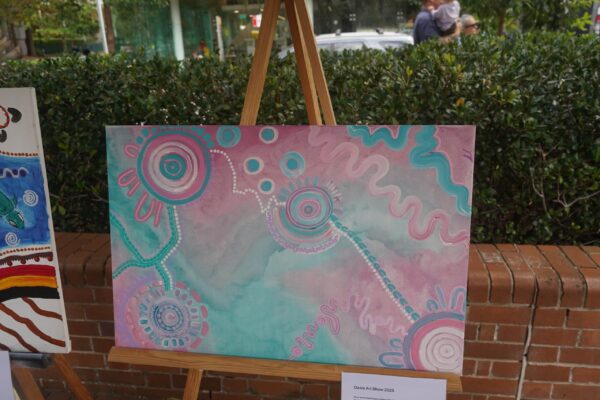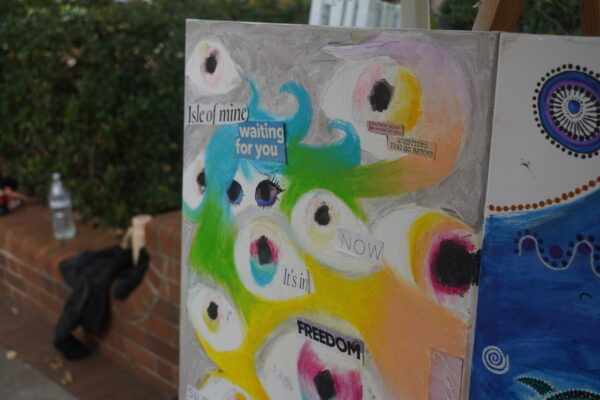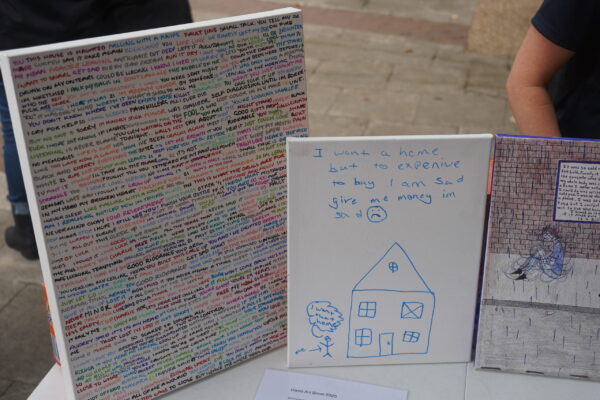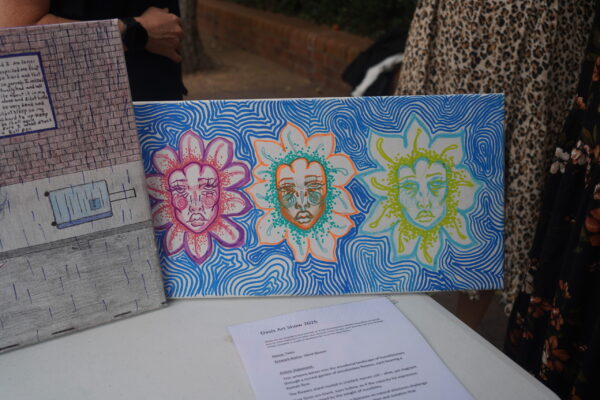”“You can’t tell by looking at people what their life is like. Youth homelessness – like most homelessness – is largely hidden.”
Kate MIllsProperty Industry Foundation, CEO
Stories from Youth Homelessness Matters Day
Wednesday 16 April marks Youth Homelessness Matters Day (YHMD) – a national day of advocacy to highlight the staggering 43,000 young Australians that don’t have a safe and secure home to go to. Property Industry Foundation CEO Kate Mills talks about the need for understanding, compassion and collaboration to end child and youth homelessness.
Why does Australia need a Youth Homelessness Matters Day?
YHMD is about shining a light on the 43,000 young people in Australia that do not have a safe and secure place to sleep. We hope that by spreading awareness there will be more action to address this crisis.
How does the YHMD campaign raise funds and increase awareness for at-risk and homeless young people?
The huge YHMD support we have had from partners UnLtd, Ogilvie and PHD Media, among others, mean that this year a national media campaign will get the whole country talking. One part of the campaign is focused on awareness and the other on fundraising. We are asking people to support their favourite youth charity by donating an hour of pay on 16 April.
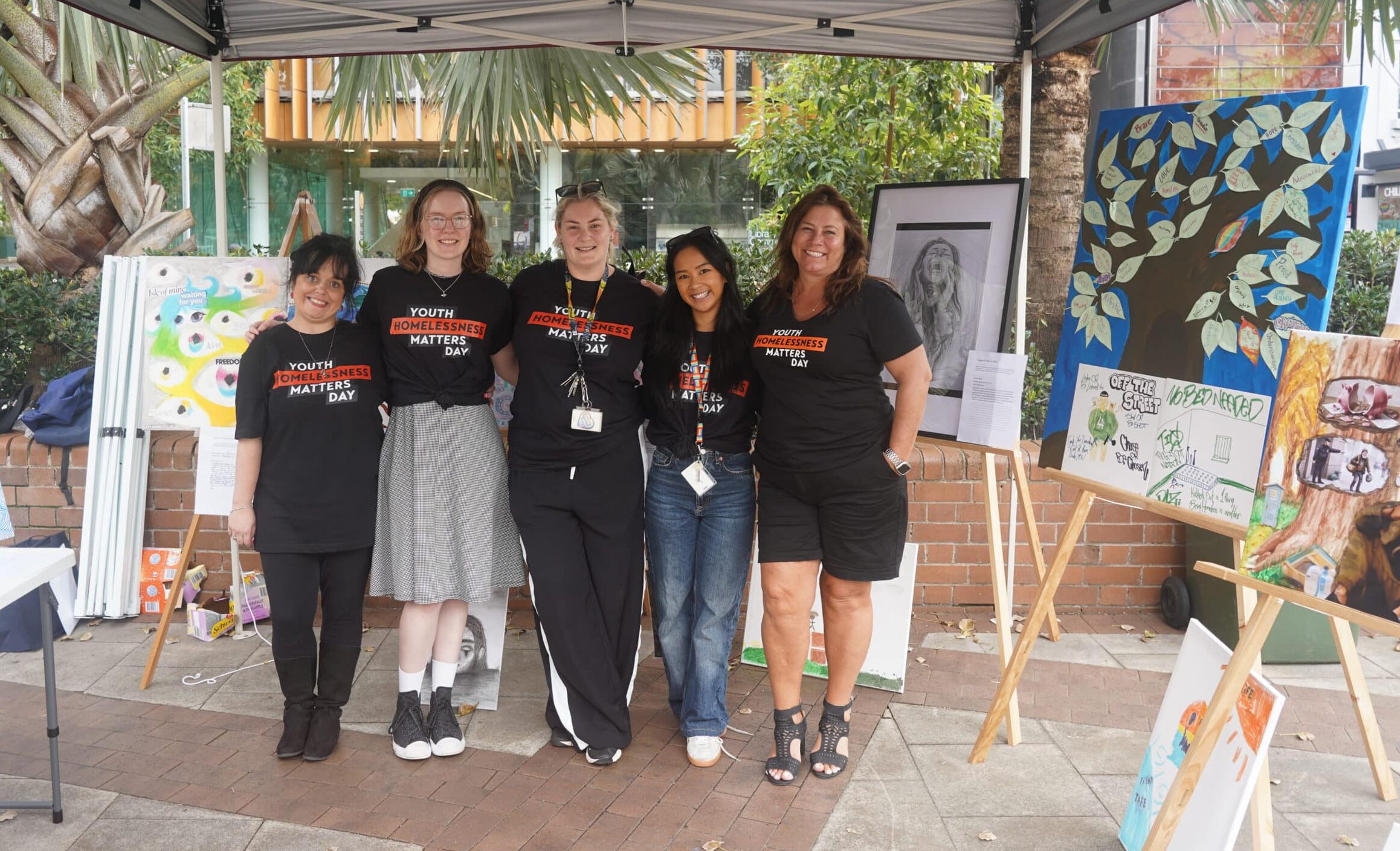
Why is YHMD a campaign the Property Industry Foundation wanted to get behind through a 3-year partnership with organiser Yfoundations?
We think it’s important to collaborate in the youth homelessness space, and to create long-term partnerships for impact. To make change, a one-year partnership is not long enough. There are a lot of different campaigns in the market and we felt that getting the entire sector to support one campaign, on one day, would create a powerful message. We also support HomeTime – another strong advocacy campaign in the housing space.
What events and initiatives have the Foundation run in support of YHMD 2025?
We kicked off our support in late March with YHMD Breakfast Forums in NSW, VIC and QLD to showcase the campaign and the level of support behind it, inviting speakers across the not-for-profit, private, and public sectors to share insights, challenges, and potential solutions to youth homelessness. One of the central goals of the campaign is to build awareness and understanding around youth homelessness.
How can the property and construction industry get behind YHMD this year?
We would love our supporters to get behind the campaign on 16 April through social media and in their offices. We have a great suite of assets you can use to show your support. The key thing is to raise awareness, but we are also asking everyone to donate an hour of their pay to the campaign, so that we can continue to build more homes for homeless youth.
How can the industry get behind youth homelessness every day of the year?
One of the most important things is to be aware of your attitude and understanding of youth homelessness. There are often perceptions in the broader community that youth homelessness can be a case of young people behaving badly at home, being lazy and not wanting to work or just because they are ‘bad’ and want to cause trouble. When young people seeking housing are interviewed, the biggest problem they are facing is violence in the home. If you don’t feel safe and loved at home, it’s very hard to have an ordinary life. More compassion for young people facing difficulties would go a long way.
Do you believe we really can end child and youth homelessness in Australia? How?
Yes, and there are jurisdictions such as Finland that have ended homelessness. It needs huge community support to get the political and social shift that we want. It’s too easy for us to see homelessness, domestic violence and other issues as inevitable, but in fact they are a result of how we choose to live.
Humans are amazing and can solve any problem – but first they must want to. For example, there are 13 million spare bedrooms in Australia and you could use these to have a massive impact on homelessness, but we operate inside constructs that make this seem impossible. The idea of people sharing their homes with people they don’t (yet) know feels impossible – but what makes it feel impossible is how we think and what we believe. A different kind of society is possible if we want it so.
